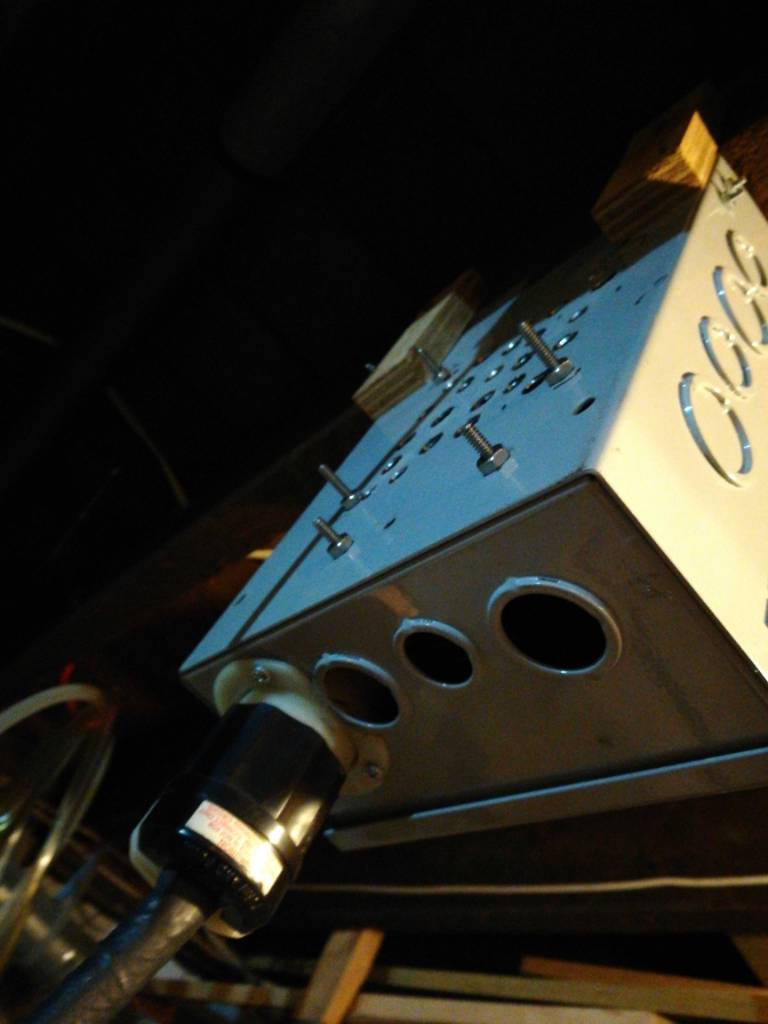Theres the unproven commonly spread suggestion here that along with being easier on the ssr (which is true) a higher amp rated ssr somehow generates less heat than the one that would normally be the closes match to the load
It's true, the reason being that while a 20A SSR and a 50A SSR may have the same theoretical voltage drop, there are many factors that affect temperature. Two big ones are below...
1) Ohm's law. The SSR will not just be the switching component, the connections between the switch (usually triac based) will also have resistance and the conductivity of those connections will be greater for a higher rating SSR. Not only that, but the switch itself will have some ohmic losses that lead to heating and will be lesser for higher ratings.
2) Heat transfer out of the SSR will be better for higher rated parts. Lower thermal resistance will lead to lower temperature.
Personally I suggest the following when selecting an SSR:
1) Use a name brand SSR (Crydom, Panasonic, Omron are all respected brands) from a reputable electronics distributor (Digikey, Mouser, Newark, etc).
2) Get one rated for double your intended current. SSRs can get stuck on at too high of a temperature and the ratings are based on optimal cooling, not a passively cooled heatsink like the ones often packaged with cheap SSRs.
A good SSR will cost you $50 or so, but it will last forever if treated well. Given the other costs with an electric brewing system I don't see much reason to skimp on such a critical item.
Back to the OP's question, heat generated by the SSR is due to current, not voltage. The reason 220/240V systems tend to be cooler running is that for the same amount of power output the current is half what it would be for a 110/120V system. While admittedly a rule of thumb, you should be able to comfortably touch the heatsink.




![Craft A Brew - Safale S-04 Dry Yeast - Fermentis - English Ale Dry Yeast - For English and American Ales and Hard Apple Ciders - Ingredients for Home Brewing - Beer Making Supplies - [1 Pack]](https://m.media-amazon.com/images/I/41fVGNh6JfL._SL500_.jpg)
























































